Think Like a Bird: The Real Guide to Offering Safe Nesting Materials
I’ve spent a good chunk of my life watching birds do their thing. It’s fascinating stuff. From the damp forests out west to the dry brush country, I’ve seen them build these incredible little homes from scratch. You see a hummingbird’s nest, all woven with spider silk and bits of lichen, and you realize it’s a masterpiece. Or a robin’s sturdy mud-and-grass bowl, built to handle a spring downpour. It’s taught me one simple thing: birds are the original master architects. They know exactly what they’re doing.
In this article
So when we decide to help, our job isn’t to be the contractor, but more like the friendly supplier who stocks the right materials. It’s a little different from just putting out a bird feeder. You’re giving them the literal building blocks for the next generation. Get it right, and it’s an amazing way to support your local ecosystem. Get it wrong, and… well, you can actually cause a lot of harm. My goal here is to help you understand the why behind it all, so you can be a truly helpful backyard landlord.
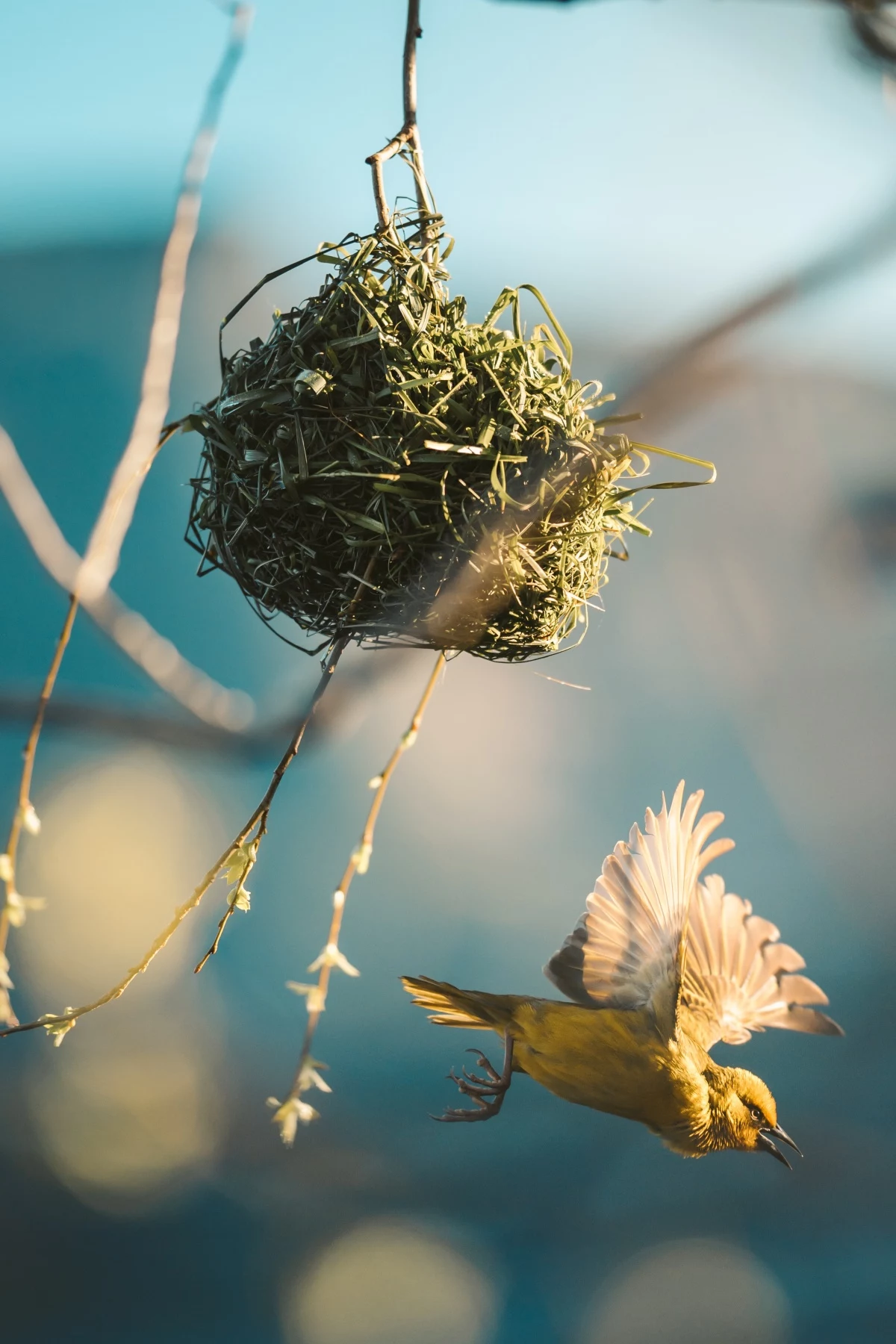
First, When Should You Even Bother?
Timing is everything. If you put materials out too early, they’ll just get soggy and gross. Too late, and the birds will have already finished their construction. The best time to start is in early spring, right around when you see birds starting to pair up or make a lot of noise establishing territories. Think of it as happening a bit after the last frost, when the world starts waking up.
Keep an eye out for activity. Are robins starting to scope out your gutters? Are wrens exploring the nooks and crannies of your porch? That’s your cue! The main building season runs from early spring through early summer, so keeping your station stocked during that window is perfect.
What Makes a Good Nest Anyway?
Before you start gathering supplies, it helps to know what a nest is actually trying to accomplish. It’s way more than just a basket for eggs. A good nest is a little marvel of engineering.
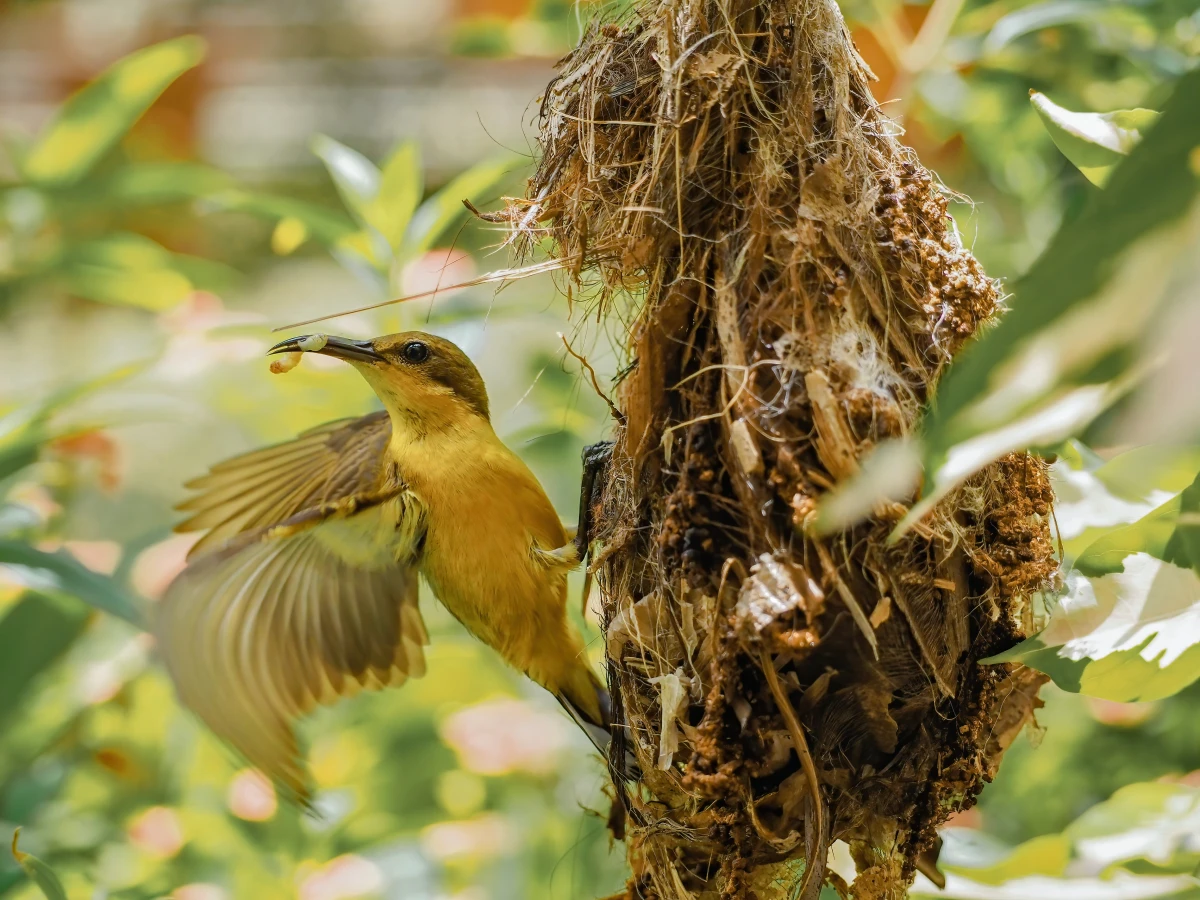
1. It’s a Sturdy Frame: The nest has to hold the parents, the eggs, and a whole bunch of squirming chicks. The outer structure is the frame, usually made of things like twigs, pine needles, and coarse grass. Think of it as the 2x4s of the bird world.
2. It’s an Incubator: This is huge. Eggs and baby birds can’t keep themselves warm. The nest’s soft lining—made of finer grasses, feathers, and fur—is crucial insulation. It traps the parent’s body heat and keeps the little ones from getting chilled.
3. It’s Camouflage: A nest full of goodies is a flashing neon sign for predators. So, birds are masters of disguise, using materials from their immediate surroundings like moss, lichen, and bark to blend in. A hummingbird nest can look just like a little knot on a tree branch. This is why local, natural materials are always the gold standard.
4. It’s a Cushioned Cradle: The inside needs to be soft to keep eggs from cracking. It also needs to have decent drainage. A nest that turns into a puddle after a storm is a death sentence for the eggs or chicks inside.
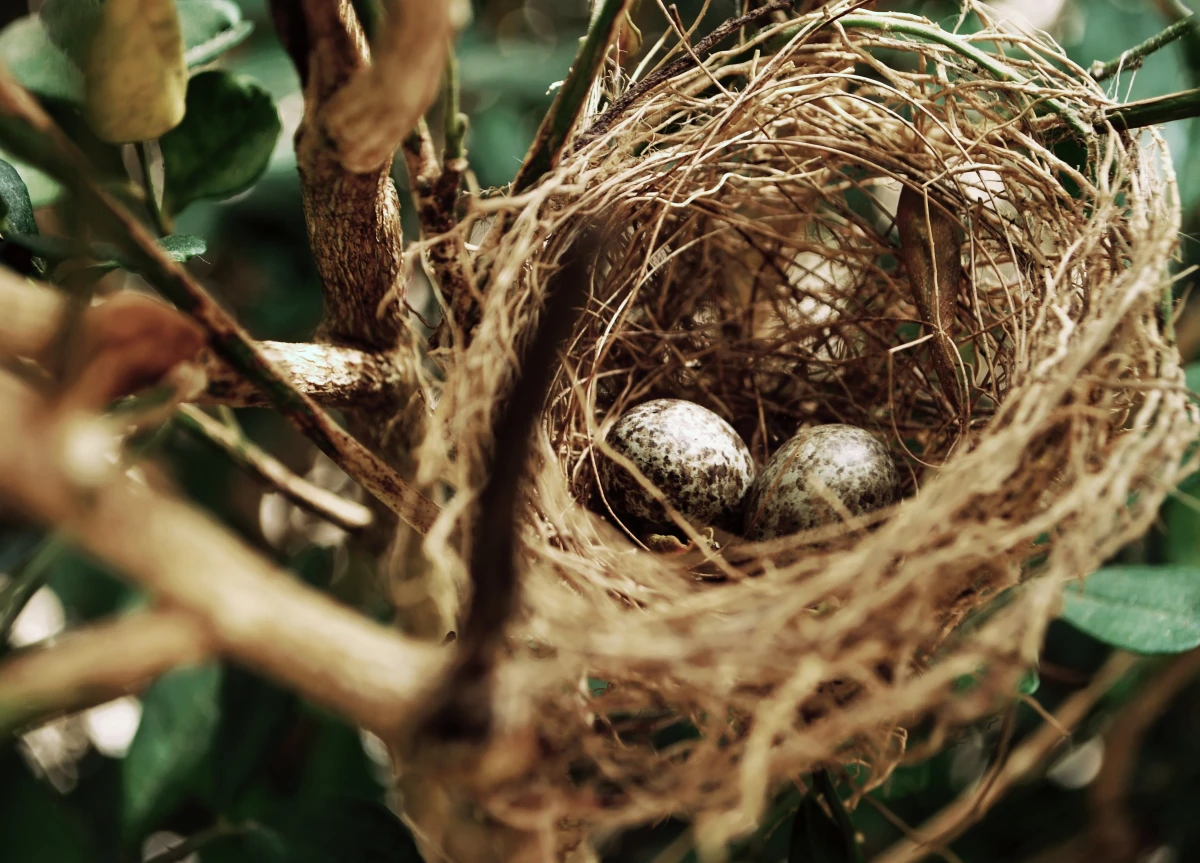
Your 5-Minute Nesting Station
Okay, let’s make this easy. You don’t need some elaborate setup. The best way to offer these goodies is in a dedicated spot. A clean suet cage is probably the easiest thing to use. You can also use a mesh bag (like the kind onions come in), but make sure the holes are big enough for materials to be pulled out, but NOT big enough for a bird to get its head stuck.
Here’s a quick setup:
- Step 1: Get a Holder. Grab a suet cage. You can find them for about $5 at any hardware store or garden center.
- Step 2: Gather Your Mix. Don’t just use one thing! Grab a little bit of dried grass (from an untreated lawn!), some small twigs, and maybe some pet fur (we’ll get to the safety rules on that in a second).
- Step 3: Stuff it and Hang it. Loosely stuff the mix into the cage. Hang it on a branch or a hook that’s visible to the birds. A good spot is about 10-15 feet away from your feeders to avoid crowding. Pick a place where you can see it from a window—that’s where the fun is!
How much should you put out? Just a handful or two to start. You can refill it as it gets empty. If it gets soaked by rain, it’s a good idea to pull the wet stuff out and replace it with dry material.
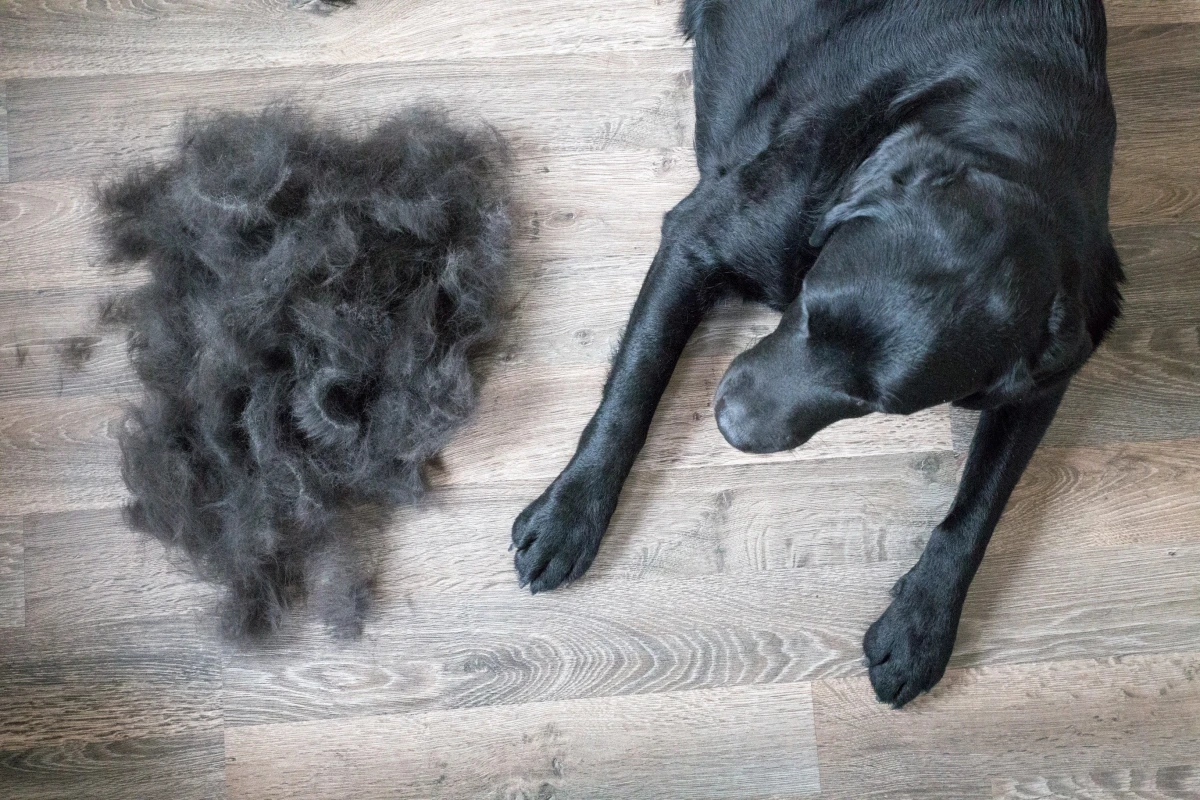
The Good Stuff: Safe Materials to Offer
Variety is your friend here. A chickadee is looking for very different materials than a robin. Think of it as setting up a little home improvement store for them.
Plant-Based Goodies (The Safest Bets)
These are the bread and butter of nest building. They’re what birds would find naturally, so you can’t go wrong.
Twigs & Small Sticks: The structural foundation. Leave small piles of brittle twigs around your yard. They should be no thicker than a pencil and preferably shorter than 6 inches. I’ve seen wrens comically struggle with sticks that are way too big for them. A quick tip: After pruning, just snap the smaller branches into short lengths by hand and leave them in a pile. Instant building supply.
Dried Grass & Leaves: Used for weaving and insulation. The key here is DRY and UNTREATED. Never offer grass clippings from a lawn that’s been hit with pesticides or fertilizers. Let them dry out completely until they’re brittle. Wet, green clippings can get compacted and grow mold, which is a killer.
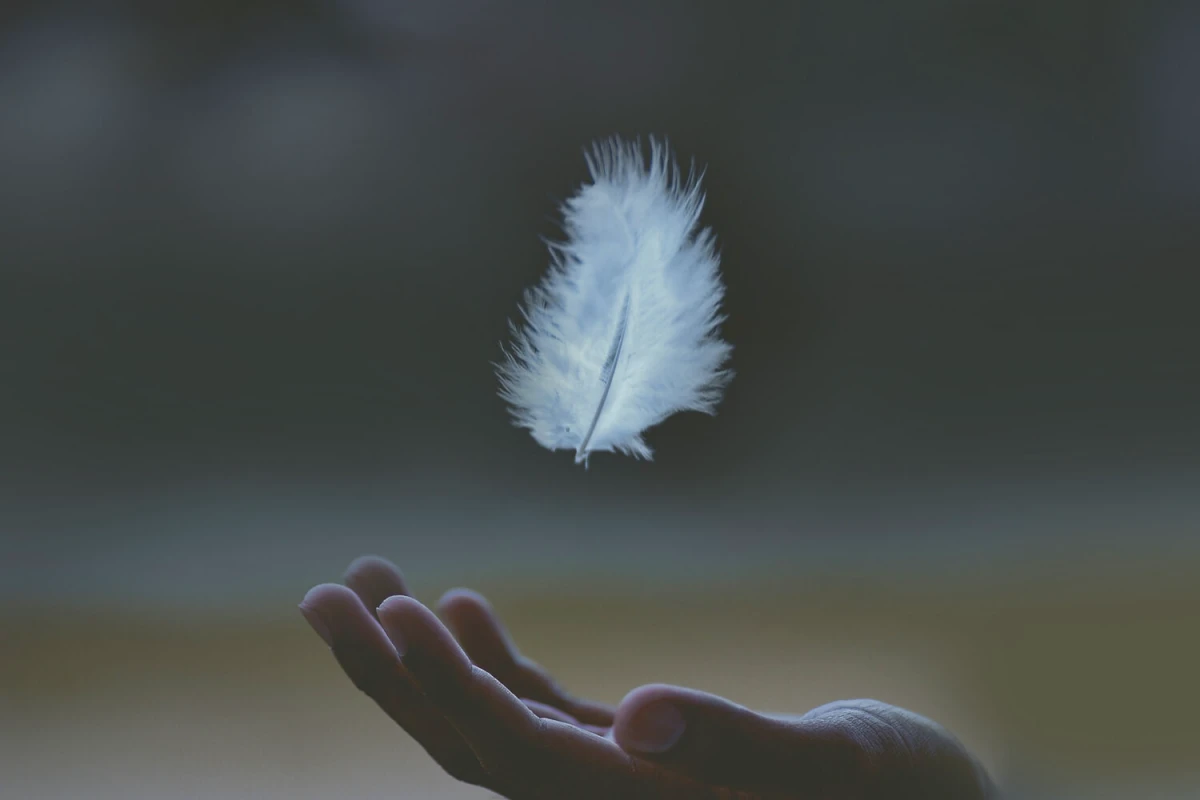
Pine Needles: These are fantastic, especially the dried ones. They provide great structure and allow for excellent drainage. Just rake them into a loose pile in a dry spot under a tree.
Moss & Lichen: The tools of a camouflage expert. If you have moss in your yard, you can offer small clumps on a tray. A heads up: never strip moss or lichen from trees in parks or wild areas; it’s a critical part of the ecosystem. Only use what’s naturally available on your own property. If you have none, some specialty garden centers sell pesticide-free sheet moss, but always ask to be sure it’s clean.
Plant Fluff (Cattail, Thistle, etc.): This is the premium stuff! Goldfinches and hummingbirds go nuts for this soft, insulating fluff to line their nests. Goldfinches will even delay nesting until later in the summer just to wait for thistle down to become available.
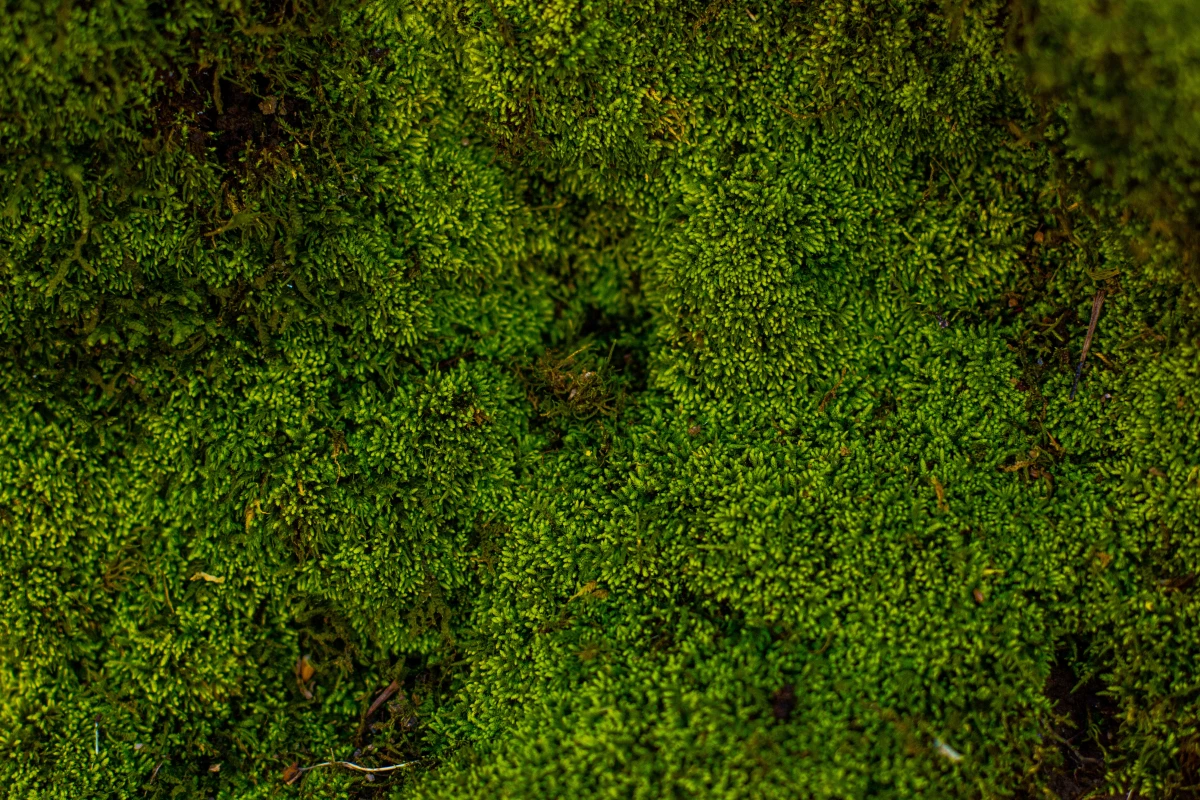
The Binders (Nature’s Glue)
You can’t really offer these, but it’s good to know about them. Some birds use special binders to hold it all together.
Mud: The secret to a robin’s sturdy nest. They use it to create a hard inner shell. Easy win for today: If you want to help them out, just find a bare patch of dirt in your garden and give it a light spray with the hose each morning. Robins will see it as a five-star construction resource.
Spider Silk: This is what hummingbirds and gnatcatchers use to bind their tiny nests together. The silk is amazingly strong and flexible, allowing the nest to stretch as the chicks grow. It’s a great reminder that even the spiders in your garden are part of the team.
Animal-Based Materials (Use With CAUTION)
This is where good intentions can go very, very wrong. Please read this carefully.
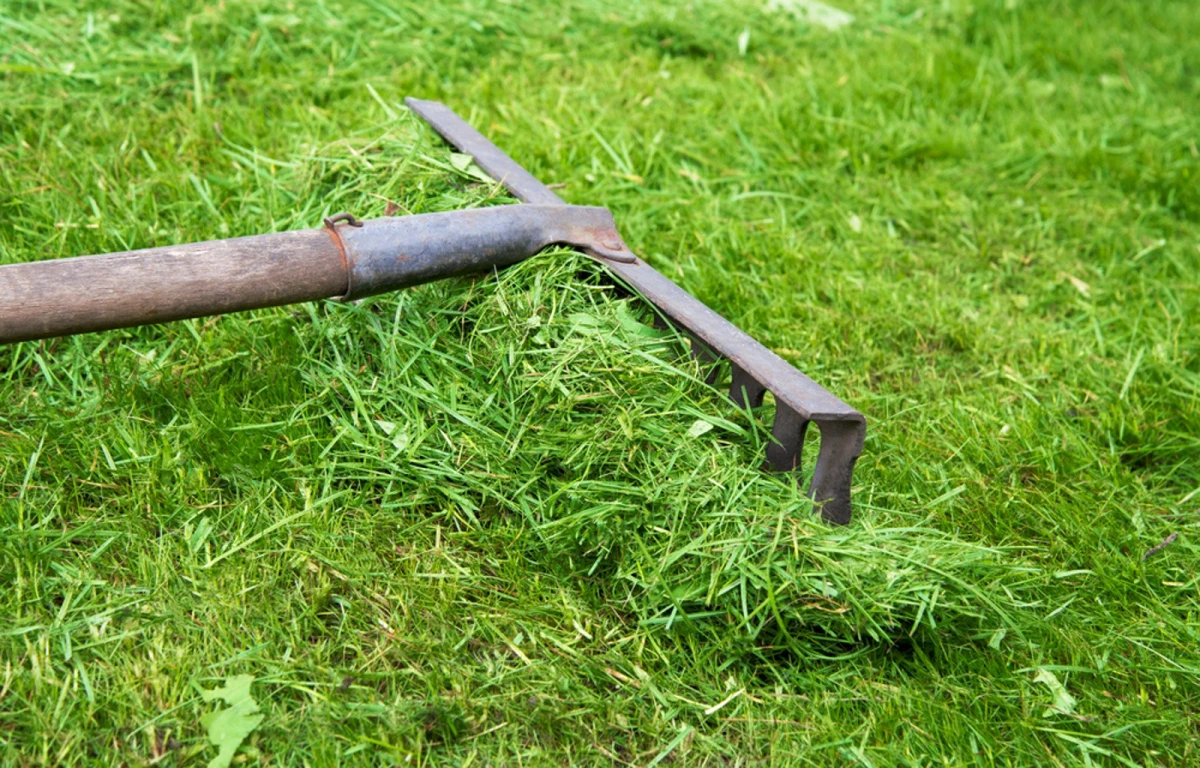
Animal Fur or Wool: This is an excellent insulator. You can offer fur from your dog or cat, but it MUST be from an animal that has not been recently treated with chemical flea or tick medication. Those pesticides can be toxic. Raw, untreated sheep’s wool is also great. You can find bags of it on sites like Etsy for about $10-$15, and a little goes a long way.
And here’s the most important part, based on a hard lesson I learned years ago. We found a chickadee nestling that had died because a long strand of hair had wrapped around its leg. So now, I live by a strict rule:
The 3-Inch Rule: As a firm rule of thumb, NO fiber, hair, or string should ever be longer than 3 inches. If in doubt, chop it up into shorter pieces!
Feathers: Small, soft feathers are prized by birds like tree swallows for lining their nests. If you have chickens or find clean feathers in your yard, they’re fair game. Just don’t use dyed craft feathers—the chemicals can be harmful.
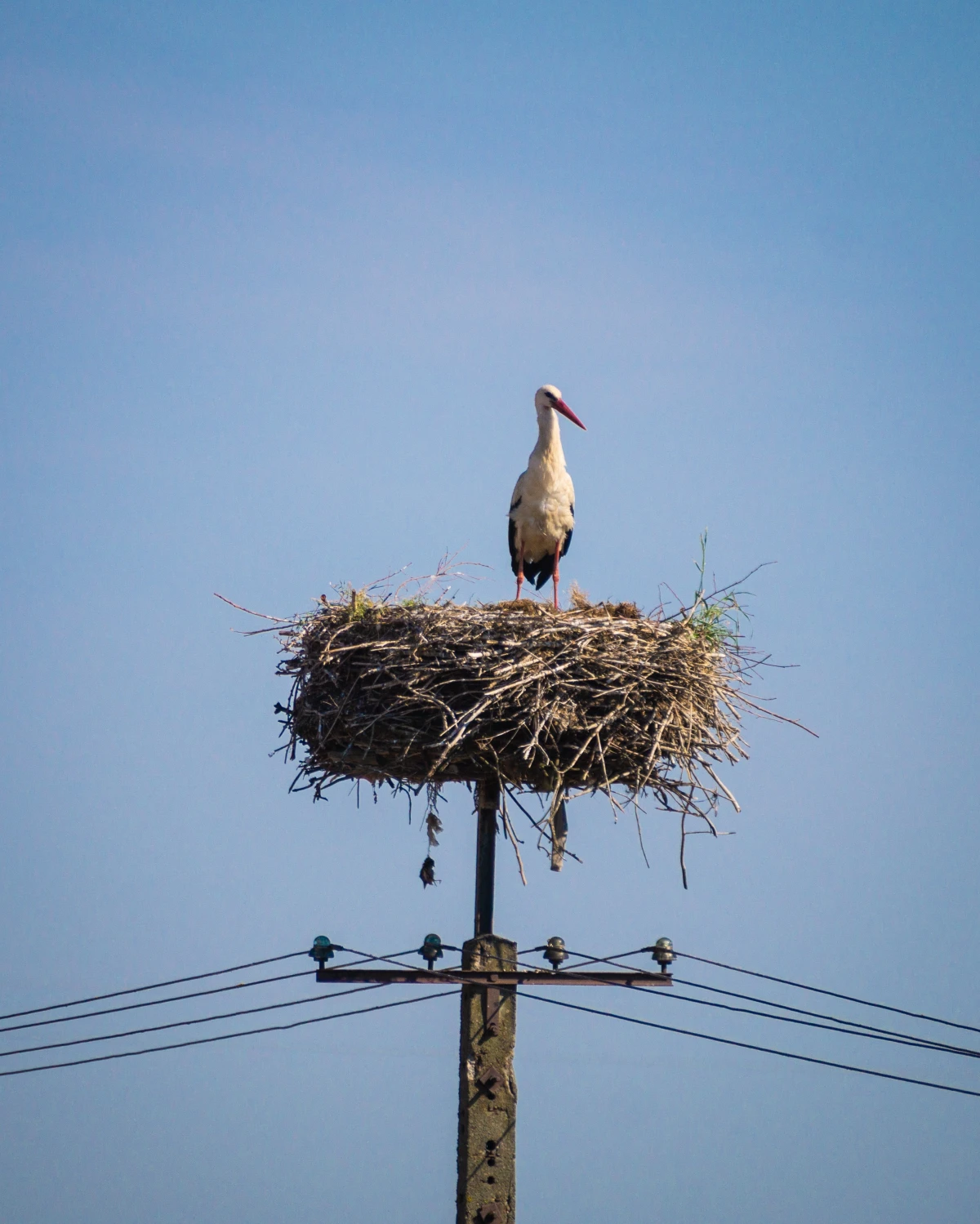
CRITICAL WARNING: The Absolute ‘Do Not Use’ List
Honestly, this is the most important section here. Offering the wrong stuff is way worse than offering nothing at all. I’ve seen the heartbreaking results in wildlife rehab centers.
Here’s a quick cheat sheet.
Safe Bets (The ‘Yes’ List):
- Twigs & sticks (under 6 inches long)
- Dried leaves and grass (from untreated lawns)
- Pine needles
- Moss and lichen (from your own yard)
- Pet fur and raw wool (from untreated animals, and cut to under 3 inches!)
- Small, natural feathers
Absolute No-Gos (The ‘Never’ List):
- Dryer Lint: This is the #1 mistake people make. It feels soft, but it’s a death trap. It dissolves when it gets wet, leaving eggs and chicks exposed to the cold. Plus, it’s full of detergent chemicals.
- Human Hair: It’s surprisingly strong and fine. It easily tangles around tiny bird legs and wings, cutting off circulation. It’s a hidden danger.
- Yarn, String, Fishing Line: These synthetic materials are a huge entanglement hazard. A piece of yarn woven into a nest can become a noose. Fishing line is practically invisible and causes horrific injuries.
- Plastic Strips & Easter Grass: Just don’t. It’s plastic trash that will endanger birds for years.
- Cotton Balls or Batting: Like dryer lint, this stuff soaks up water like a sponge and gets cold and soggy, which is fatal for eggs and young birds.
What If It’s Not Working? (Troubleshooting)
“Help! The squirrels are stealing everything!”
Oh yeah, that’s a classic. Squirrels see your nesting station as a free bedding store. You can try moving the station to a spot that’s harder for them to access, maybe hanging it from a thin branch away from the trunk. Honestly, though, sometimes you just have to accept they’ll take some. My strategy is to put out a little extra. The birds are usually quicker and more nimble, and they’ll get their share.
“It’s been weeks and no birds are taking my materials.”
Don’t get discouraged! Birds are very picky and cautious. First, make sure your station is in a visible, but not too busy, location. They might feel exposed if it’s in the middle of a wide-open lawn. Second, check your materials. Is there enough variety? Is everything natural and dry? Sometimes, it’s just a matter of patience. They might have already found a source they like. The best you can do is offer a safe, high-quality option and let them decide.
Final Thoughts: Your Job is to Be a Good Neighbor
Remember, your goal here is to give nature a gentle assist, not to take over the project. The best wildlife and bird conservation groups all agree on these core principles: keep it natural, keep it short, and keep it clean.
The real reward isn’t just seeing a finch fly off with a piece of grass you offered. It’s watching from a distance, knowing you played a small, safe part in helping them raise their young. It’s a quiet, wonderful connection to the wild world, right in your own backyard.
Inspirational Gallery
Wondering where to place your offering?
Think like a bird looking for supplies: it wants a quick, safe shopping trip. Position your nesting material holder in a spot that’s visible and easy to access, but not too exposed. A branch near a shrub or a fence line is ideal, as it provides nearby cover for a quick escape from predators. Avoid placing it right next to your busy bird feeders to prevent squabbles and traffic jams.
A Carolina Wren’s nest is a project of passion. The male may build several
Pet Fur—Use With Caution: While it seems like a wonderfully soft and natural material, only offer fur from pets that are NOT treated with chemical flea and tick repellents. These residues can be toxic to delicate nestlings and may even harm the adult birds. A quick brush of an untreated dog or cat can provide a safe, warm lining material.
Many birds, like robins and barn swallows, are master masons, using mud as a critical binding agent. If your yard is mostly tidy lawn or dry ground, you can become a vital resource by creating a simple mud puddle. Just find a bare spot, add some soil, and keep it consistently damp (but not a deep pool) throughout the nesting season. It’s a small effort that opens up your yard to a whole new group of builders.
- Provides an incredibly strong, flexible binding material.
- Helps control garden pests naturally.
- Is a favorite of hummingbirds and goldfinches.
The secret? Don’t be too quick to clear away spider webs. Allowing some natural cobwebs to accumulate in the corners of your garden provides a five-star building material that birds actively seek out.
Suet Cage: A simple metal cage, like those from Woodlink or Wild Birds Unlimited, is perfect for holding shorter fibers like pet fur, cotton, or wool. It keeps materials dry and contained.
Spiral Holder: A wire spiral or a clean, empty mesh produce bag is better for longer materials like grass clippings or straw, allowing birds to pull out strands without getting tangled.
For best results, offer a couple of different types to cater to various species.
One of the biggest mistakes well-meaning people make is offering dryer lint. It feels soft, but it’s a deadly trap.
- It’s not water-resistant: Unlike natural fibers that shed water, lint acts like a sponge. A rain shower can leave it soggy and cold, chilling the eggs and chicks.
- It contains chemicals: Fabric softeners and detergent residues can be harmful.
- It breaks down: As it dries, it can become brittle and crumble, causing the nest structure to fail.
Take your bird support to the next level by contributing to science. The Cornell Lab of Ornithology’s NestWatch program is a fantastic citizen science project where you can monitor nests and report on their progress. By observing which materials are used and tracking the success of nests in your yard, you’re not just helping your local birds—you’re providing valuable data that helps scientists understand and protect bird populations across the continent.
Did you know that some birds decorate their nests? Great Crested Flycatchers are famous for weaving a shed snakeskin into their nest, a behavior that ornithologists believe may serve to ward off potential predators like squirrels.
There’s a quiet magic in watching a chickadee fly to the nesting ball you hung, carefully pull a piece of moss, and zip away toward a hidden branch. It’s a moment of connection, a small sign that your little patch of earth is part of a much larger, wilder story. You’re not just a spectator; you’re a partner in the cycle of life unfolding right outside your window.










